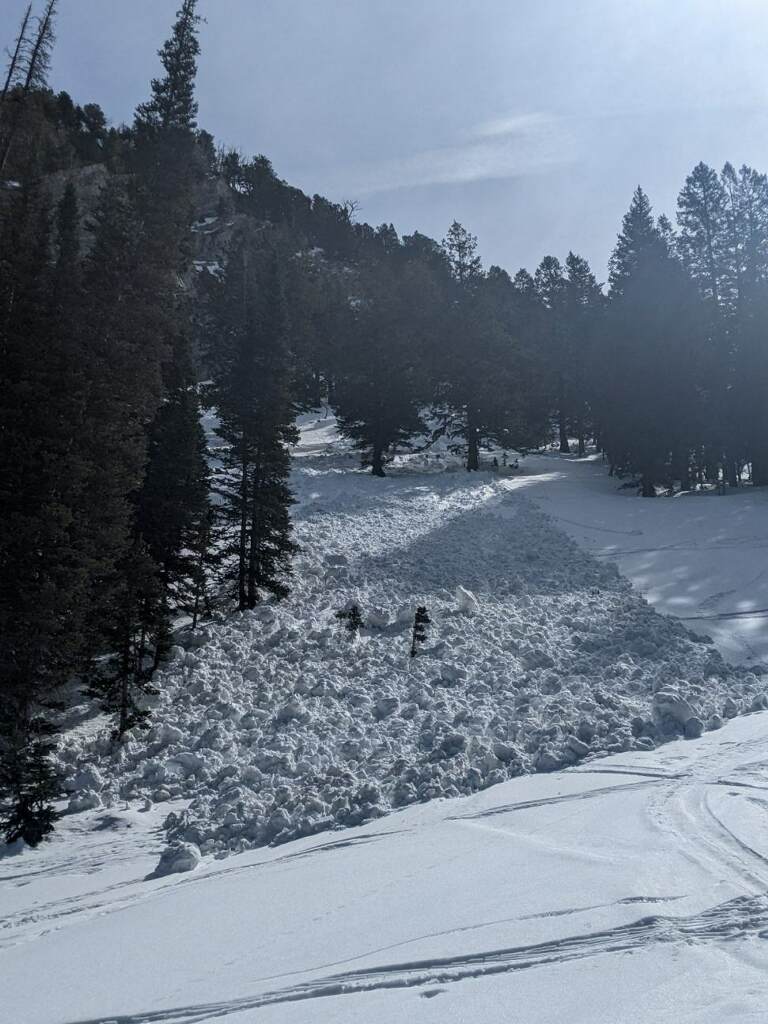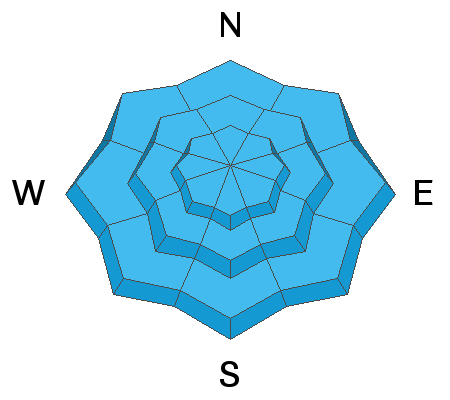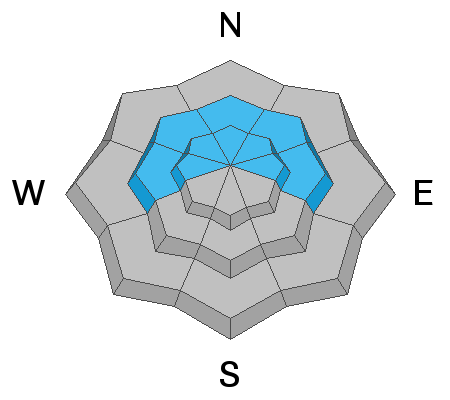Two generous UAC supporters are challenging the community to invest in the future of the UAC’s forecasting program during the 2022 Spring Campaign. They will match your donation, dollar for dollar, up to $10,000.
Temperatures range through the upper 30's and low 40's F and south winds are increasing - averaging in the teens with gusts in the 30's at mid elevations and gusting over 80 mph at 11,000'.
For today, cloudy skies and moderate to strong southerly winds gusting into the 30's and 40's mph along exposed mid-elevation ridges with gusts in the 60's and 70's (possibly stronger) along the upper-most ridges. Temperatures will rise into the 40's F. Showers (that is, snow above 9,000' with light rain below that elevation) are possible by late in the day.
The strong southerly winds are ahead of a spring storm system that arrives later today and last through Wednesday, bringing 4-8" of dense snow and cooler temperatures.
Over the past three days there have been several large natural avalanches including
East Kessler (with
avalanche debris covering the summer road),
Ivory Slabs, Porter Slabs (photos below), and along the Park City ridgeline. Snow safety teams at resorts have reported natural wet avalanches during the
overnight hours. We also received several observations from folks climbing in Little Cottonwood Canyon of avalanches occurring on the north-facing avalanche paths on the opposite side of the canyon including Perla's Ridge and The Y Couloir.












